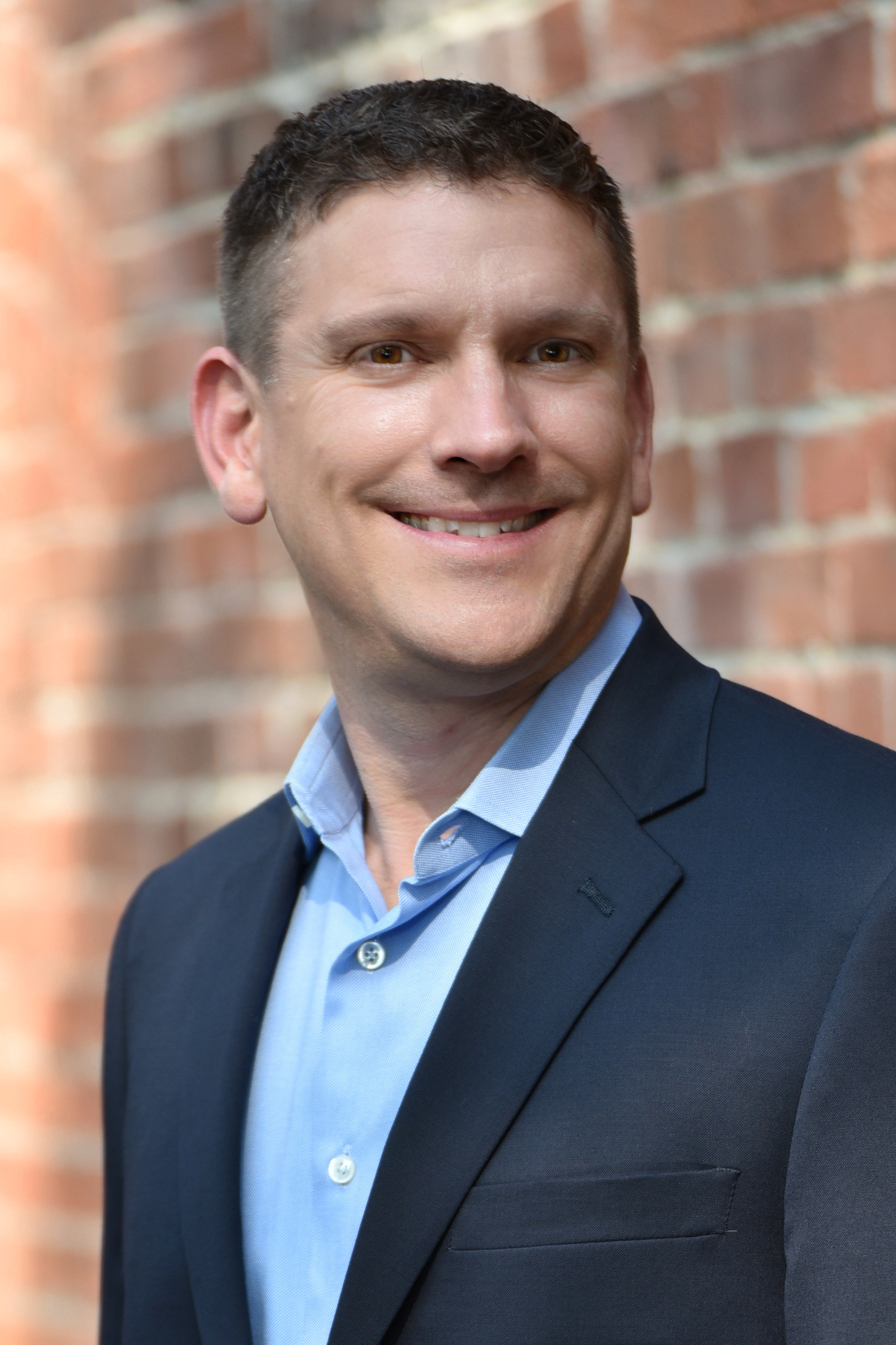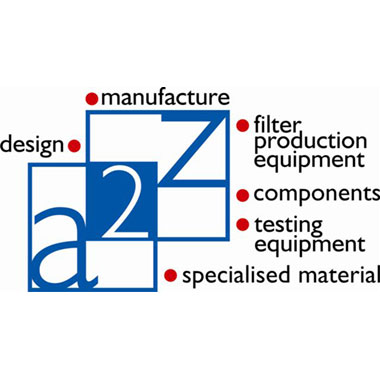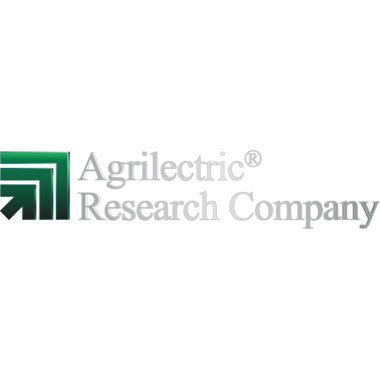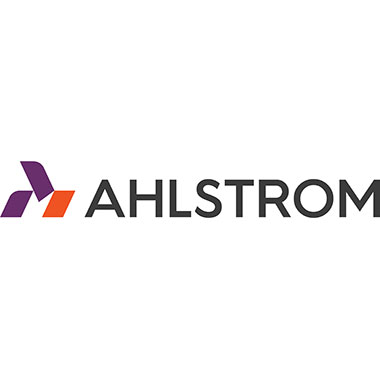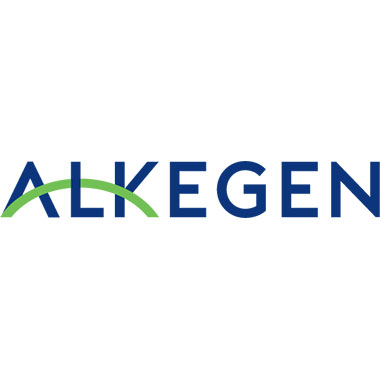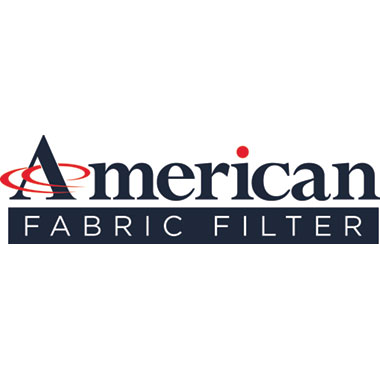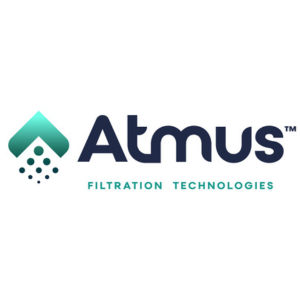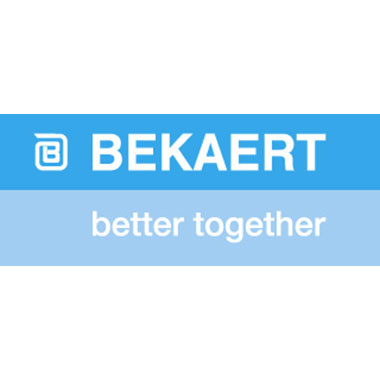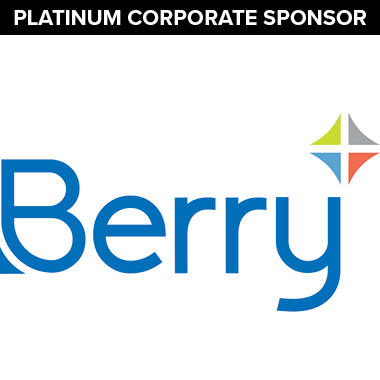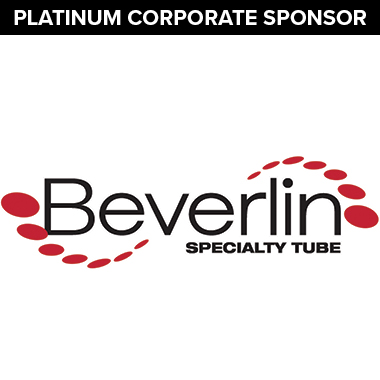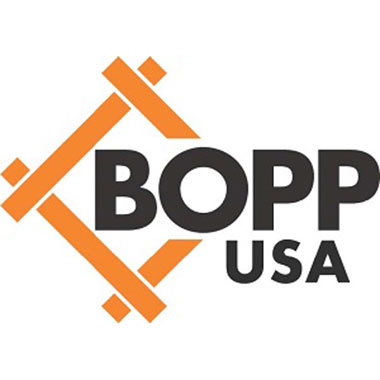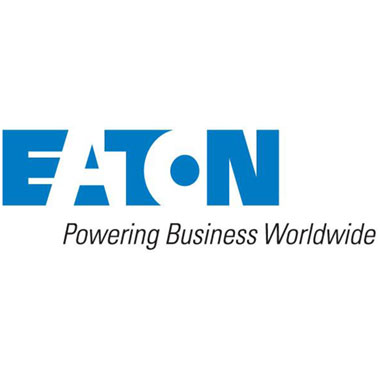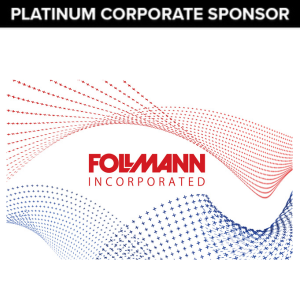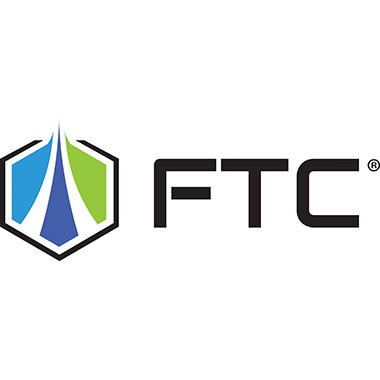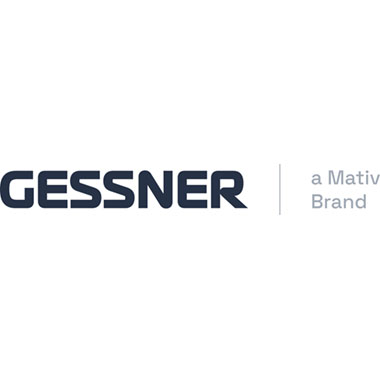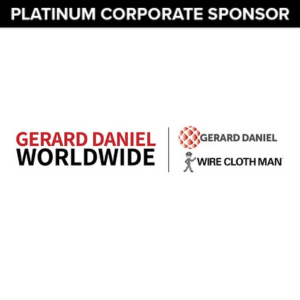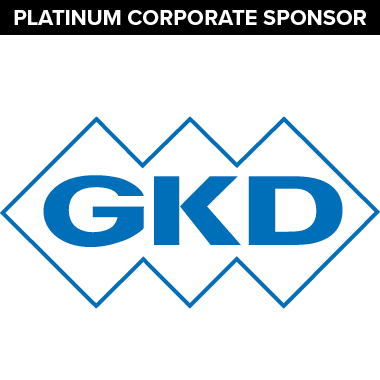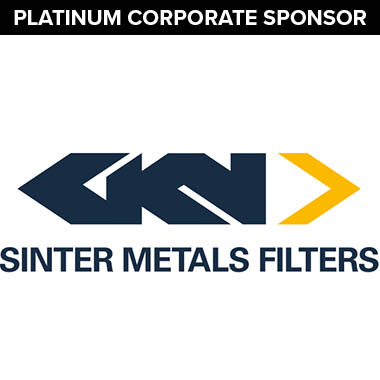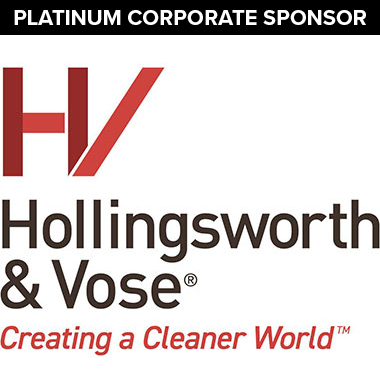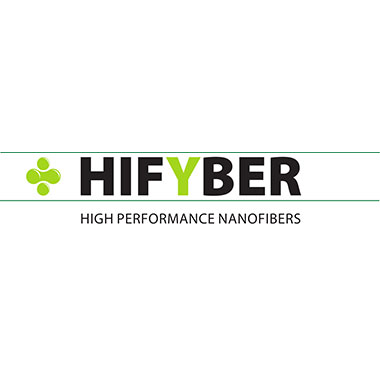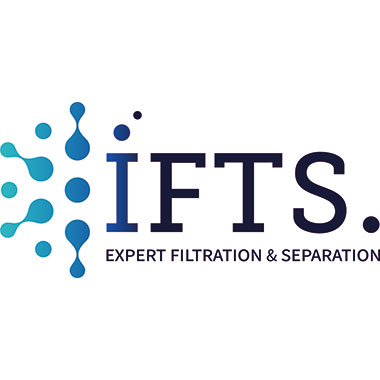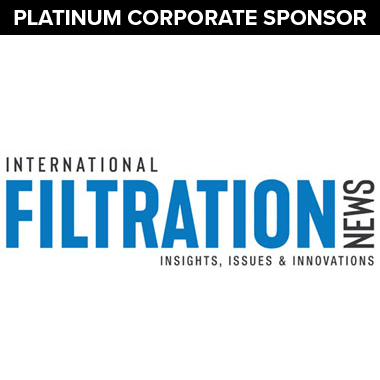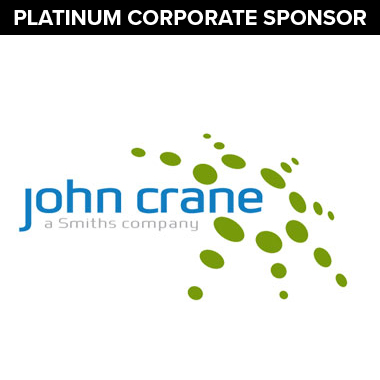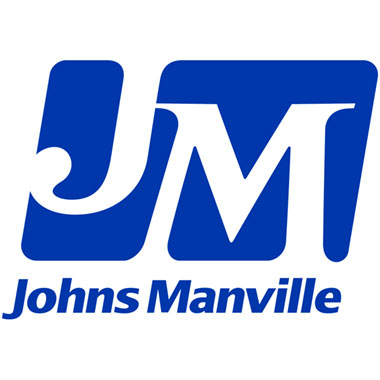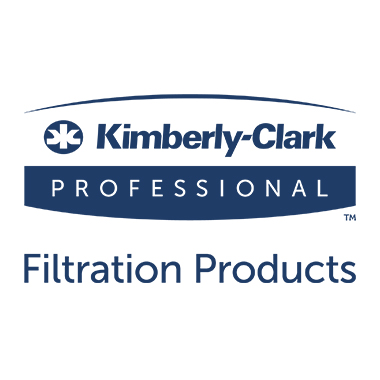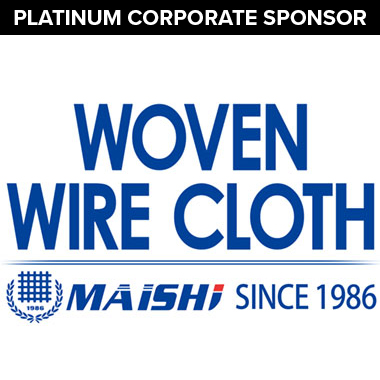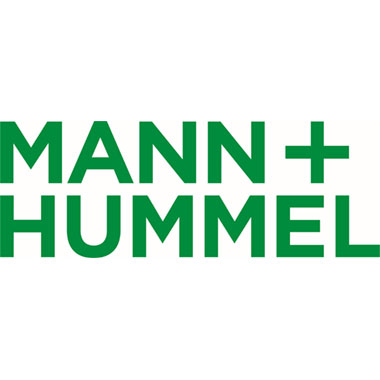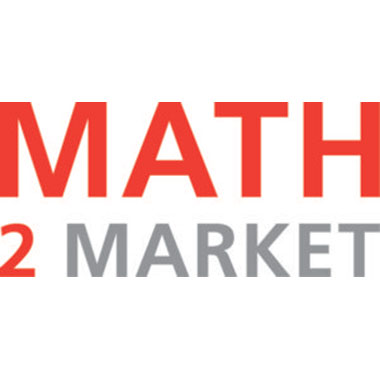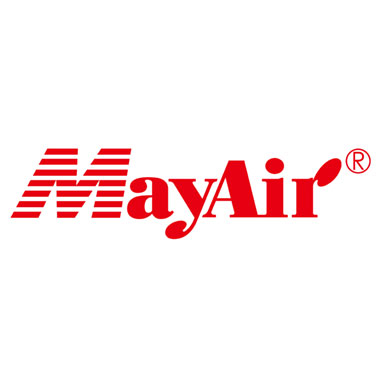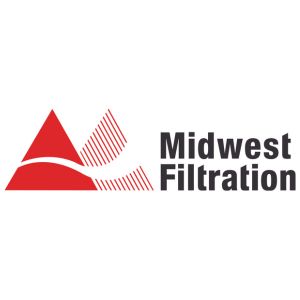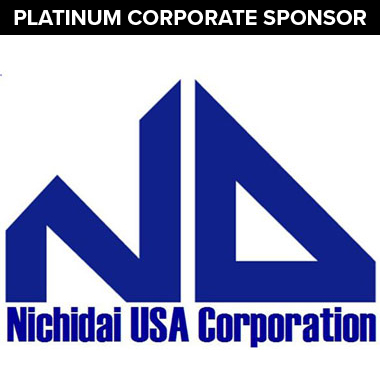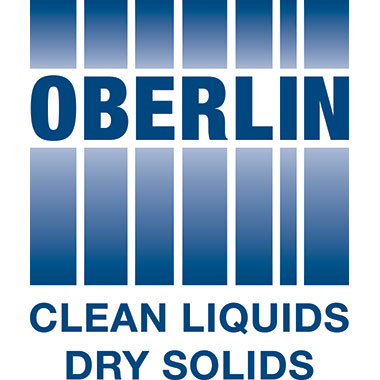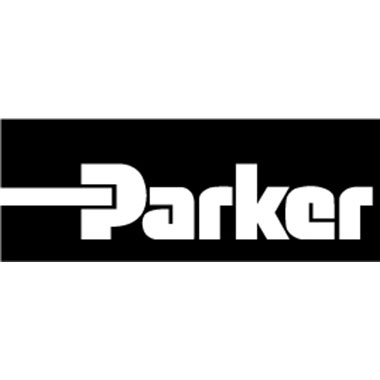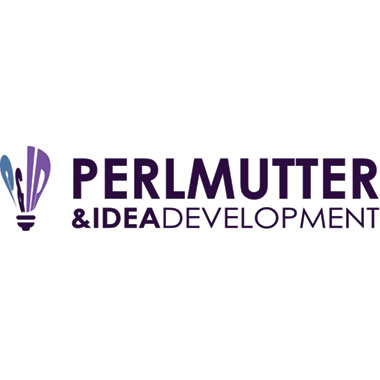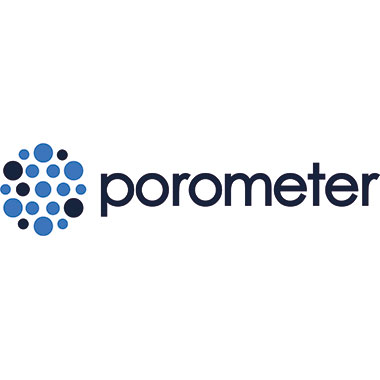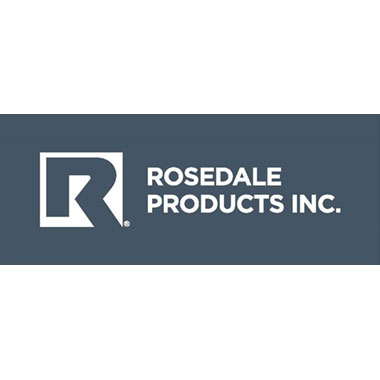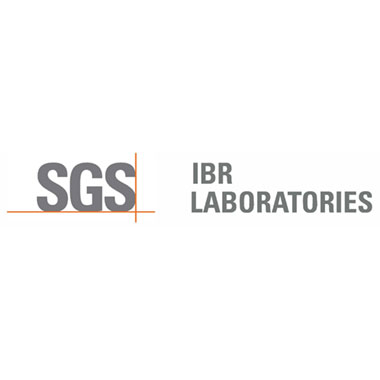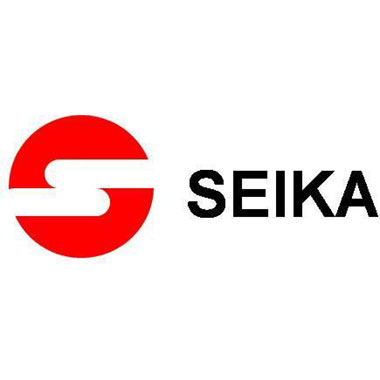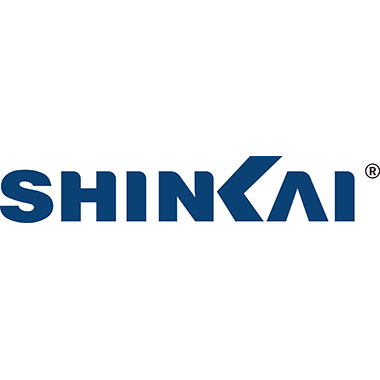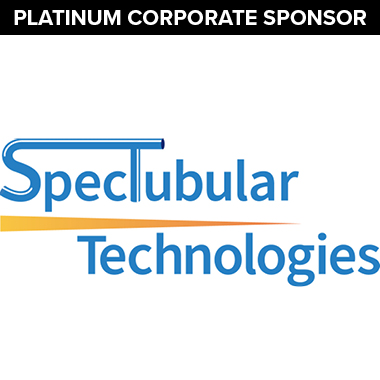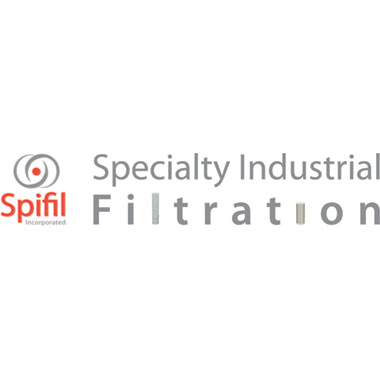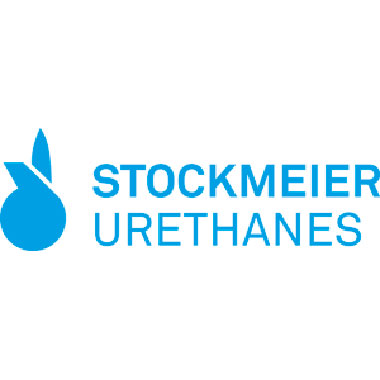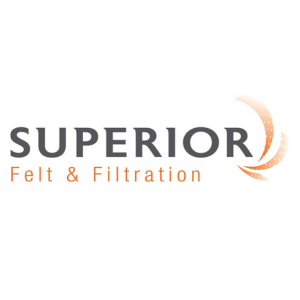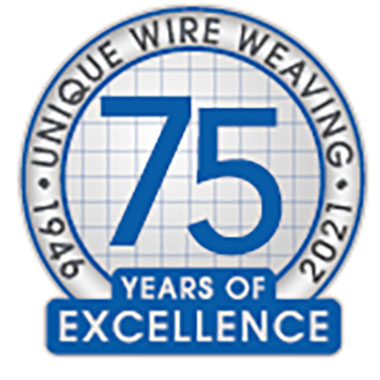The American Filtration and Separations Society (AFS) is pleased to announce the results of its recent board of directors election. The following filtration professionals have been elected to two-year terms that will begin September 1 of this year:
Neil Burns, Founder and Director, Croft Filters Limited, Warrington UK. Neil Burns has more than 34 years of experience developing and delivering high quality filtration solutions to a range of industries both in the UK and worldwide.
John Hancock, Sales Manager at Cerex Advanced Fabrics in Cantonment, FL. John manages the Filtration Business Unit and works with engineering teams to grow Cerex's market share through unique product design and performance attributes.
Brian Lane, Consultant, retired from Parker Hannifin. Brian Lane has been a sponsor and active member of AFS for more than 10 years, including giving plenary talks at the 2017 Fall Conference and AFS FiltCon 2021.
Wenping Li, R&D Director, Agrilectric Research Company in Lake Charles, LA. Wenping oversees product development and application, product quality and filtration lab management for Agriletic and has over 20 years of practical industrial filtration experience. She holds two patents and has published in more than 40 publications.
Jon Rajala, Senior R&D Product Engineer at AAF Flanders in Louisville, KY. Jon manages test labs and product development projects for AAF Flanders. He is active in ASHRAE leadership as chair of the TC 2.4 Programs Subcommittee and the SSPC 52.2 Research Subcommittee, and he leads the standards activity committee among AAF employees.
Chris Wallace, Vice President of Technology for Filtration Technology Corporation (FTC) in Houston, TX. Since joining FTC in 2003, Chris has been involved in production engineering, application engineering, research and development, and technical sales of filtration and separation products for liquid/solid, gas/solid, liquid/liquid, and gas/liquid applications. Chris serves as an instructor of the AFS short course “Introduction to Liquid Filtration.”
Dr. Lin Zhao, Associate Research Scientist with the Dow Chemical Company in Pearland, TX. Lin’s work is focused on solid-liquid separation with practical industrial experience on most filtration and centrifugation operations. Lin serves as an instructor of the AFS short course “Basic Solid/Liquid Separation.”
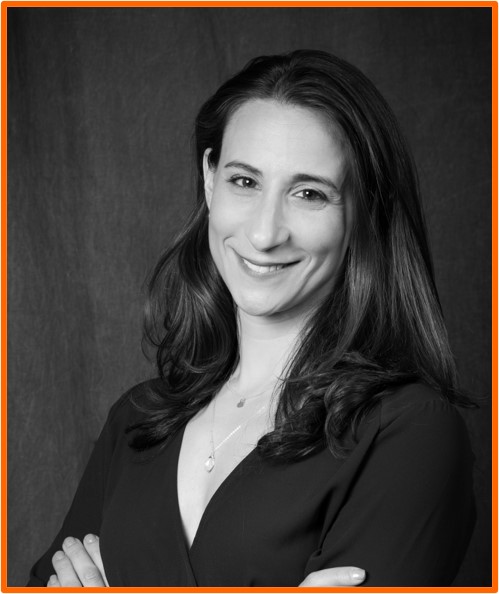 The AFS is presenting the short course, “Requirements and Classifications of Facemasks and Respirators for General, Medical and Industrial Use,” taught by Christina Crimi, Business Manager – Chemistry for SGS North America.
The AFS is presenting the short course, “Requirements and Classifications of Facemasks and Respirators for General, Medical and Industrial Use,” taught by Christina Crimi, Business Manager – Chemistry for SGS North America.

 AFS FiltCon 2021 included a plenary presentation from Brian Lane, expert filtration industry consultant and retired Vice President of Engineering, Technology and Innovation at Parker Hannifin. His presentation, “How Global Mega Trends, Particularly the 'Race to Zero Emissions' and COVID, are Impacting the Filtration Industry,” provided valuable insight into the state of the filtration industry, especially in light of the events of 2020.
AFS FiltCon 2021 included a plenary presentation from Brian Lane, expert filtration industry consultant and retired Vice President of Engineering, Technology and Innovation at Parker Hannifin. His presentation, “How Global Mega Trends, Particularly the 'Race to Zero Emissions' and COVID, are Impacting the Filtration Industry,” provided valuable insight into the state of the filtration industry, especially in light of the events of 2020.